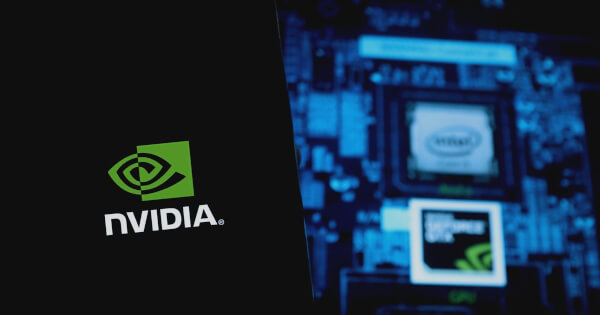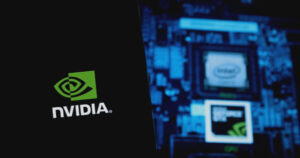Revolutionizing Robotics: How NVIDIA’s OpenUSD is Changing the Game
Author: Lawrence Jengar
Publication Date: December 11, 2024 16:58
At Extreme Investor Network, we are committed to keeping you informed about the latest innovations that shape our world — and NVIDIA’s advancements in robotics and AI are as groundbreaking as they come. With their OpenUSD-based simulation tools such as Isaac Sim, NVIDIA is not just enhancing robotics but is redefining how we conceive autonomous machine capabilities.

A New Era of Robotics Development
NVIDIA’s forward-thinking approach integrates a universal platform through the Universal Scene Description (OpenUSD) framework, making it easier than ever to create rich, virtual environments. This is particularly essential for training AI models within robotics, as it allows for limitless scenarios to be simulated, significantly decreasing both the time and cost associated with real-world testing.
At Extreme Investor Network, we recognize the implications of this technology not just for tech giants but also for startups and innovators keen on exploring the robotics sector.
What is Isaac Sim?
NVIDIA’s Isaac Sim serves as a game-changer for both developers and researchers. Built on the NVIDIA Omniverse, it facilitates AI-driven robotics simulation in highly realistic settings. Recently, at AWS re:Invent, NVIDIA made a monumental announcement: Isaac Sim is now operable on Amazon EC2 G6e instances powered by NVIDIA L40S GPUs. This key upgrade fosters greater scalability and performance, enabling even more complex simulations and faster model training.
The Role of Synthetic Data in AI Training
Synthetic data generation has emerged as a cornerstone of AI development, especially within the realm of robotics. Companies such as Cobot and Vention capitalize on Isaac Sim to validate their robot performances under diverse conditions. Synthetic data helps create training environments that accurately mirror reality, enabling robots to engage in trial and error. This method significantly refines their algorithms and enhances performance before real-world deployment.
The potential applications are vast — from household robots that assist with daily chores to complex industrial robots designed to work alongside humans in manufacturing settings.
The Frontier of Physical AI
One of the most exciting prospects in robotics is Physical AI—a development path that allows robots to interact with the physical world more effectively. This concept is fundamental for advancing technologies in self-driving cars and service humanoids. With the integration of simulation technology, robots can learn to navigate real-world challenges, making them more autonomous and reliable.
Humanoid Robots: The Next Wave
As we drive deeper into the realm of robotics, humanoid robots represent a pivotal junction where mechatronics meets artificial intelligence. NVIDIA’s Isaac Lab plays a crucial role, providing an open-source framework for training humanoid robot policies through simulation. This enables them to perform complex movements and interact in human-centric environments.
Additionally, NVIDIA’s innovative Project GR00T is developing workflows that generate simulated environments and tasks tailored for training robots in essential capabilities like manipulation and navigation.
Industry Adoption and Future Outlook
The ripple effects of NVIDIA’s technologies are being felt across various sectors. Partners in industries ranging from manufacturing to healthcare are increasingly adopting these advanced solutions to design and deploy enhanced autonomous machinery. Companies like Agility and Cobot are leveraging Isaac Sim to improve robot behavior and adaptability, dramatically enhancing real-world applications.
Our confidence at Extreme Investor Network is unwavering as NVIDIA continues to lead the charge with OpenUSD and its advanced development platforms. The future of robotics and AI innovation appears not just promising but transformative, offering scalable and realistic solutions unlike any before.
Conclusion
As we stand on the brink of a new era for robotics fueled by NVIDIA’s advanced simulation tools, we invite you to stay with us at Extreme Investor Network for continued insights into how these innovations will redefine industries and improve daily living.
If you would like to dive deeper into the potential of robotics and AI, keep following our updates, share your thoughts in the comments, and engage with our community of forward-thinking investors and innovators. The changes coming to our world are profound—don’t miss out on being a part of them!

